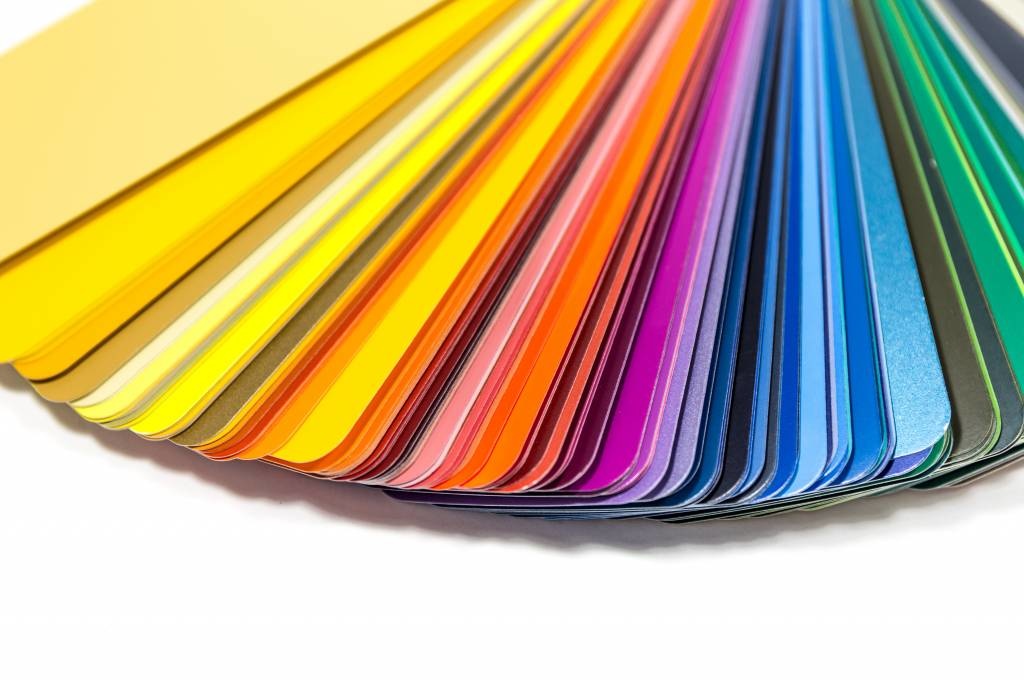Printing Colors
- Posted on
- By Beachflags.com
- Posted in CYMK, printing colors

In order to achieve a nice end result, a beautiful beach flag, it is important not only to have a nice design, but also to choose how the design is constructed. The color type is an important aspect to get the right color tones and to show the colors of your corporate identity. In this blog you can read what RGB, CMYK and PMS colors are and when to use them.
Beach flags and printing colors: when to choose CMYK, RGB or PMS?
The print for your beach flag starts with a beautiful design. It is important to pay attention to this during the layout phase. The way in which the design is created already largely determines the final result. The type of color is an important point of attention when designing a good-looking print for your beachflag. By using the programs Illustrator, InDesign or Photoshop you can choose from the 3 most common colors, namely RGB, CMYK and PMS (Pantone). But what are the differences? And which color type can you best use for printing your beachflag? We will explain.
RGB color construction
The name RGB is an abbreviation that refers to the three primary colors of the spectrum: red, green and blue. RGB colors are represented by a so-called hexadecimal (6-digit) code that represents the ratio between the three primary colors in an image. The first two digits indicate the amount of red and the next two the amount of green. The last digit pair shows the proportion of the color blue. RGB is the standard color model for digital photographs and monitors. It appears for example on your television, computer monitor, or phone screen.
RGB and printing
In contrary to ink and paper, the above devices generate light. RGB responds cleverly to this and is therefore also known as an additive color model. This means that the base of the color system is black, just like the screen of a turned off television or laptop. Light is then added to this, where the different colors can have a different intensity and display the right color. Because RGB relies on the action of light, it is not always an ideal color for the layout of printed materials. RGB colors tend to appear darker on print than you would expect from the example on the computer screen. In addition, the RGB color range is larger than the maximum color variety that can be displayed on print.. This sometimes leads to disappointment and printing result that does not meet your expectations because the colors are darker and less bright than on the computer screen.
What is CMYK?
The letters in the abbreviation CMYK refer to the four shades of which the color is composed: cyan, magenta, yellow and key (black). These four colors can be used to create just about every imaginable, observable color. That's why CMYK is also known as four-color printing or full color. Unlike RGB, CMYK is a subtractive color mode. This means that light reflections are actually eliminated. The base of CMYK consists of all colors of the color spectrum ( in other words white, which in the case of printed material means white paper). The colors of ink that are then applied eliminate, as it were, the reflective light. Because the colors cyan, magenta and yellow together make a very dark brown at most, black ink is added as the fourth 'color'. CMYK's color code uses coverage percentages. The higher the percentage of a certain color, the darker the final color will be on print.
Convert RGB to CMYK
It is possible to convert RGB images to the color mode CMYK. Many printing services can do this fully automatically, converting the PDF documents created in RGB to CMYK. The problem is that there can occur clearly visible color differences and some of the original RGB colors are printed less bright. It is better to convert the files in the recognized Adobe graphics programs Illustrator, InDesign or Photoshop to CMYK before uploading them or sending them to the printing company.
PMS as an extra option
There is also a third, probably somewhat less known color type, namely PMS (Pantone Matching System). PMS colors are set up by the Pantone company and are made by mixing inks before the printing process, to create the right color. The colors are standardized and known by most printing companies. Each PMS color has a unique number and can therefore be easily recognized. Using the Pantone color impeller (PMS colors are often not reliably displayed on a computer screen), which displays all colors, a printer can always find and use the correct color of ink. This ensures that a color is almost exactly the same all over the world. Very useful for designing and printing company logos and corporate identities! A letter behind the color code ('U' for uncoated papers and 'C' for coated variants) indicates the differences in PMS colors on different papers and materials.
Using CMYK or PMS?
To print your beach flag, it is best to use the CMYK or PMS (coated) colors. But which of the two is the best option? Pantone colors are generally used for designs with one to four colors. Think, for example, of stationery and business cards in your house style or a beach flag on which your company logo is prominently displayed. Do you want a more complex design in which more than four colors appear? Then choose CMYK, the best option when it comes to printing in full color. If you want to print in fluorescent colors, PMS and RGB are the only options. These colors are visible in RGB, but not reproducible in CMYK.
